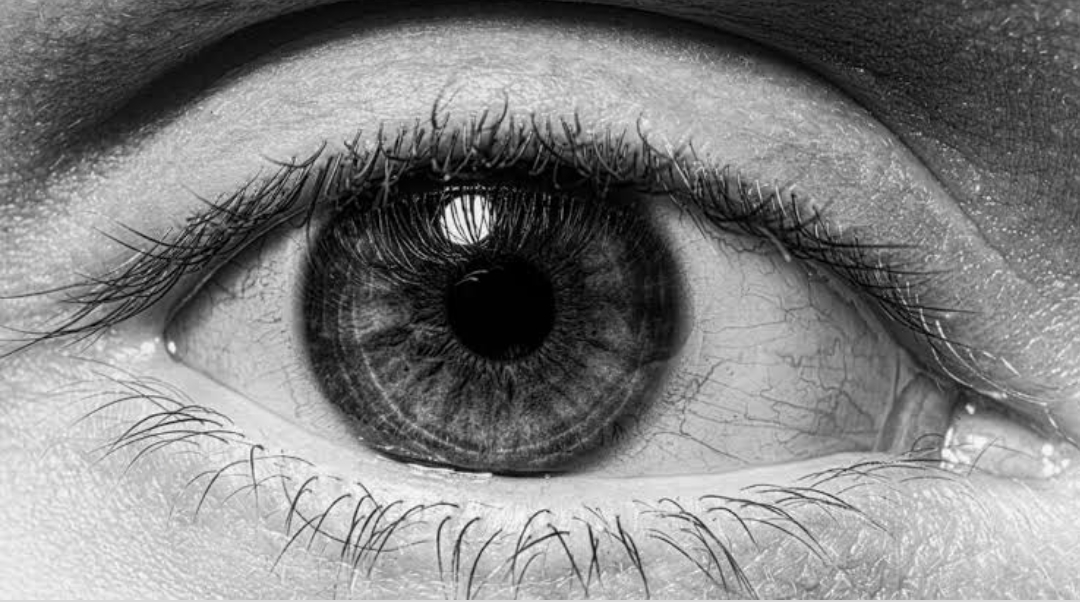
With Over 90% Undiagnosed Cases, India may soon be capital of Glaucoma.
Glaucoma is a group of eye conditions that damage the optic nerve, the health of which is vital for good vision. This damage is often caused by an abnormally high pressure in your eye. Glaucoma is one of the leading causes of blindness for people over the age of 60. India can easily be the world’s capital of glaucoma, a group of eye disorders that leads to irreversible blindness, with the disease affecting 12 million people, and remaining undiagnosed in over 90% of the cases. The only way to prevent blindness from glaucoma, which shows no symptoms in the early stage, is early diagnosis and treatment that could halt the progression of this silent thief of sight.
Four major types of glaucoma: open angle, angle closure, secondary, childhood.
India can easily be the world’s capital of glaucoma, a group of eye disorders that leads to irreversible blindness, with the disease affecting 12 million people, and remaining undiagnosed in over 90% of the cases. Glaucoma typically begins by affecting the far periphery of the vision and most patients are unaware that they have the disease until it progresses and destroys central vision. As a result, nearly half of those with glaucoma remain undiagnosed, and 50% have advanced disease at the time of diagnosis
The ratio of the number of ophthalmologists to the population makes it difficult for clinicians to find the time to conduct research. Some of the institutes allocate time for research, and this approach may need to be emulated by more centers. Glaucoma has a high prevalence in India. Poor patient awareness coupled with factors such as compliance issues, inadequate resident training, and cost of medications make glaucoma an extremely dangerous condition with high potential for causing irreversible visual impairment in millions of patients. Strategies to overcome these barriers that would involve ophthalmologists, epidemiologists, and policymakers need to be intelligently and quickly devised.










